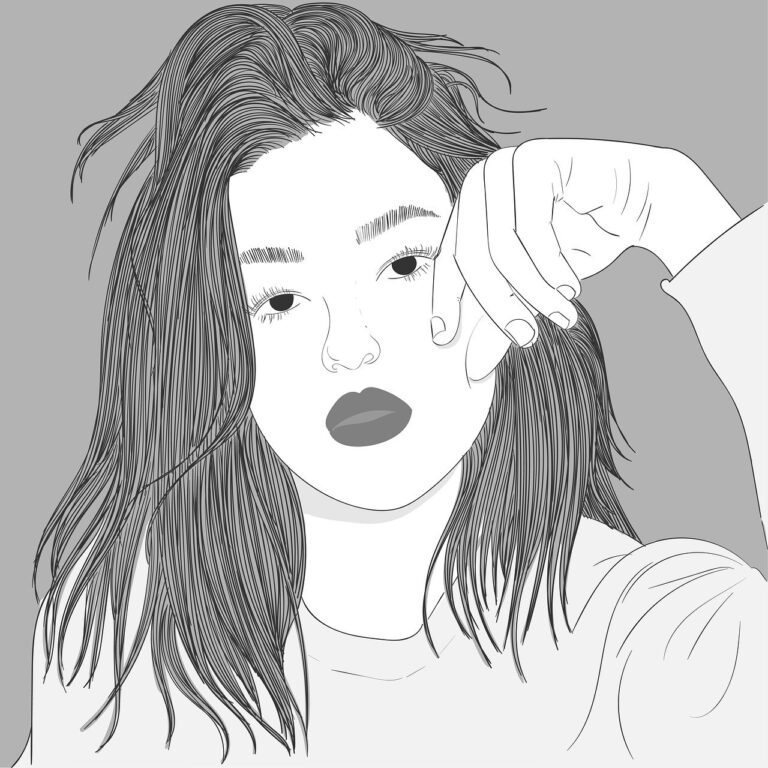

Have you ever found wisdom in the wild? You know, those moments when life’s greatest insights come not from a self-help guru but from the barista who remembers your order? Well, buckle up, because we’re about to explore the hidden university that exists all around us!
In a world designed to capture our attention, there’s radical power in reclaiming it. The ability to truly notice—to observe with intention and curiosity—has become both increasingly rare and surprisingly valuable. This isn’t about Instagram-worthy moments but about developing a fundamental skill that enriches everyday experience.
I realized how much I was missing when a friend pointed out a hummingbird nest the size of a walnut in a tree I’d passed hundreds of times. This tiny architectural marvel had always been there, but I had never truly looked. How many other small wonders was I walking past daily?
Most of us operate with what psychologists call “inattentional blindness”—we simply don’t register what we’re not explicitly looking for. Our perception becomes habitual, automatically filtering out the familiar to focus on potential threats or rewards. This evolutionary shortcut served our ancestors well but leaves our modern lives strangely impoverished.
Like any skill, the art of noticing improves with deliberate practice:
The Unfamiliar Route Challenge: Take a different path to a familiar destination, even if it’s just the bathroom in your home. Notice three things you’ve never observed before. This simple pattern-breaker refreshes perception immediately.
The Single Sense Walk: Spend ten minutes walking while focusing exclusively on one sense—only sounds, only textures, only colors. This sensory isolation heightens perception dramatically. The sound walk is particularly revealing, uncovering an invisible layer of your environment.
The Five Things Exercise: Wherever you are right now, find:
This scavenger hunt for meaning transforms waiting rooms, commutes, and familiar spaces into terrain rich with discovery.
True noticing extends beyond visual observation:
Conversational Noticing: During your next conversation, watch for micro-expressions—those fleeting facial movements lasting less than a second that reveal true feelings. Notice shifts in energy, subtle changes in posture, or patterns in speech. Without analyzing, simply observe.
Emotional Landscape Mapping: Spend a day noticing the subtle emotional shifts in your internal state. Where in your body do you feel anticipation? How does mild irritation physically manifest? This internal noticing develops emotional intelligence as powerfully as external observation.
Pattern Recognition: Challenge yourself to identify patterns in everyday chaos—the rhythm of traffic signals, recurring themes in conversations, or cycles in your own habits. Noticing patterns reveals the hidden structure underlying apparent randomness.
Developing this skill creates ripple effects:
Enhanced Creativity: The most original ideas emerge from connecting previously unrelated observations. By expanding what you notice, you naturally increase your creative vocabulary.
Deepened Presence: Deliberate noticing anchors you firmly in the present moment, creating a natural mindfulness that doesn’t require meditation cushions or special apps.
Enriched Memory: Our most vivid memories are highly detailed and sensory-rich. By noticing more while experiences are happening, you naturally create stronger, more accessible memories.
Unexpected Problem-Solving: Many innovations come from noticing what others overlook—friction points, unmet needs, or unusual connections. This skill has practical value far beyond personal enrichment.
The art of noticing flourishes with consistent attention rather than sporadic intensity. Try these simple incorporations:
The most powerful aspect of developing this skill is its permanent nature. Once you learn to truly notice, you cannot un-see the richness that has always surrounded you. The world doesn’t change, but your experience of it transforms completely.
In developing your observational superpowers, you’re not acquiring something new but removing the filters that have been limiting your perception all along. The extraordinary has always been hiding in plain sight—in the cracks of sidewalks, the expressions of strangers, and the overlooked corners of your daily life.